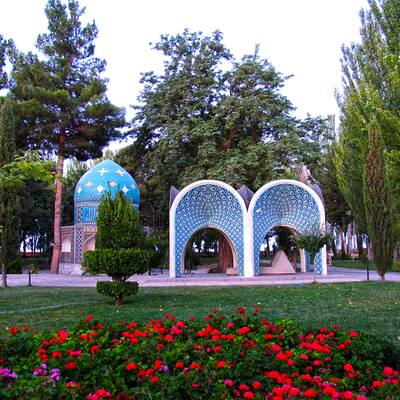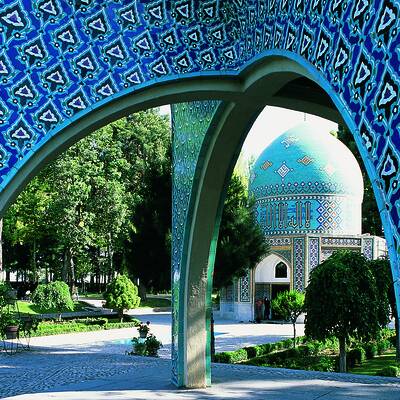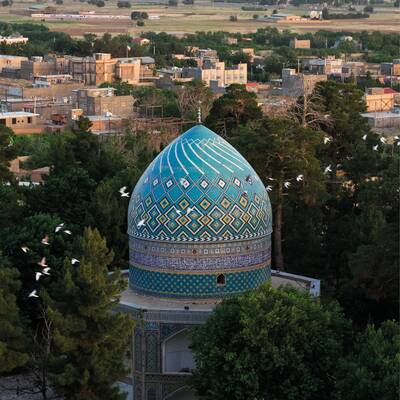Neyshabur is one of the most important, largest and most crowded cities of Razavi Khorasan province after Mashhad, located on the hillside of Binalood and east side of Iran’s central desert.
The large section of Neyshabur is located in a partly even plain at the height of 1250 meters above the sea level.
The weather of this region in a part of central plateau of Iran and therefore, it enjoys a semi-desert with partly cold winter and moderate summer.
Neyshabur consists of four districts named ”Markazi”, ”Zirkhan”, ”Sarvelayat“, ”Mian Jolge”, seven cities and 13 rural districts.
Neyshabur is one of the oldest cities and most important cultural, historical, tourism, industrial and population centers of Iran, which was located on the Silk Road in the past.
This city has been registered on UNESCO intangible heritage list. Neyshabur is the second industrial center of Khorasan province in which the industry, agriculture and animal husbandry have the main role in its economy.
Neyshabur is known for its turquoise due to having many mines and turquoise cutting manufactories which is one of the main occupations in this city. Pottery, carpet weaving, tiling, Namad Mali and Fart Bafi (traditional cloth weaving) are the other traditional arts of this region.
The people of Neyshabur speak in Farsi with Neyshaburi dialects including Farsi-e Dari and Pahlavi featurs which are expressed with Neyshaburi dialect. Khorasani Turki, Kormanji Kurdi and Arabi are also common in this city. The people of this city are Muslims and followers of Shia religion.


